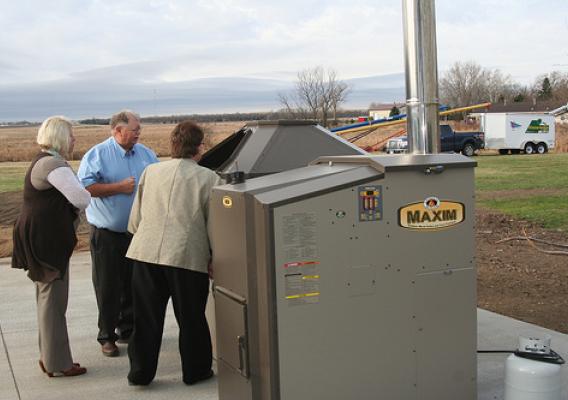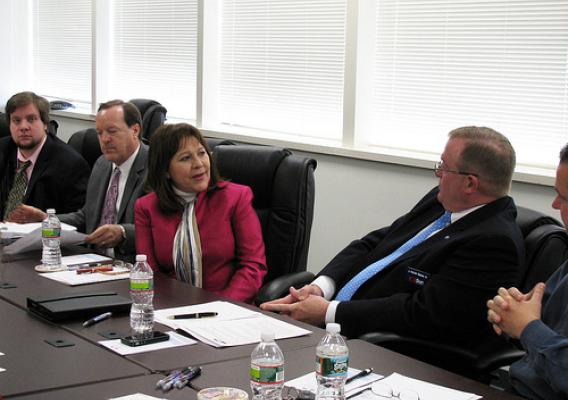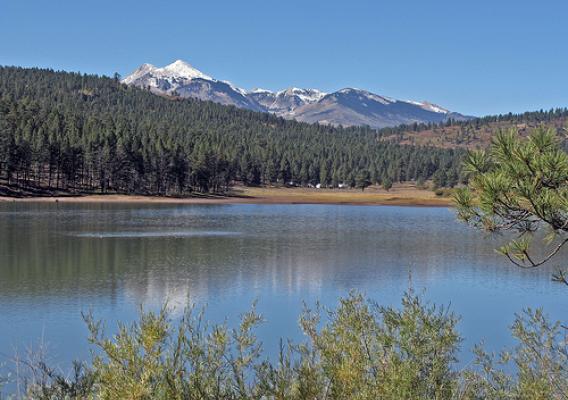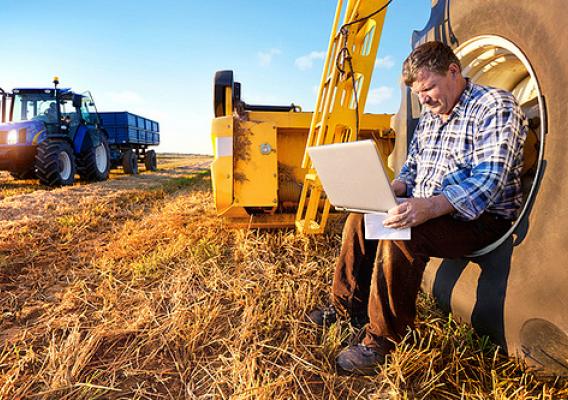As the team at Legend Seeds of De Smet, South Dakota, gears up for spring and the 2012 growing season, they do so from a newly-constructed, state-of-the-art facility, located just east of their former space on Highway 14. The new office, seed lab and expanded warehouse space were designed to better accommodate the additional full-time office staff needed to support the stretching trade area and growing field staff for the Legend organization. Thanks to a USDA program, the building is also energy efficient.
The former office space that was purchased in 1992 had been remodeled and updated over the years but Legend owner, Glen Davis, recognized that the increasing demand for productivity would be best met if he augmented the workspace and workflow for his talented team. In addition to a fresh contemporary look and serviceable layout, the new space boasts an impressive, highly-efficient heating and cooling system powered by a 250,000 BTU biomass boiler.






